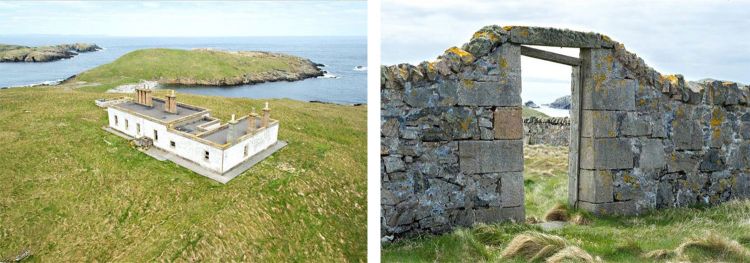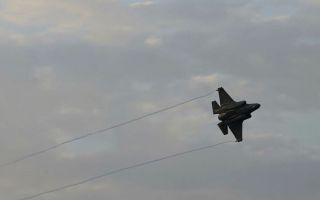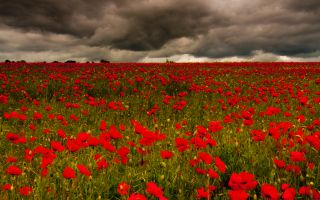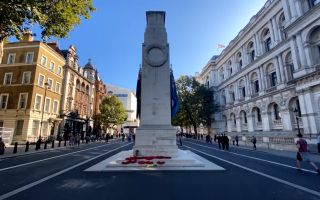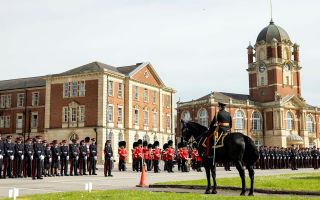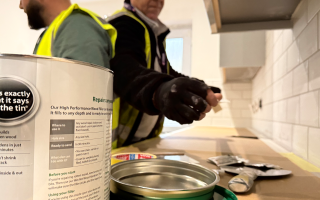Tri-Service
Yours For Just £85,000 - Historic Scottish WWII Island
A Scottish island with a rich Second World War history has been put on the market for just £85,000.
The Isle of Grunay, in the Out Skerries, Shetland, held strategic importance during the conflict, as the easternmost point of the UK, just 200 miles from Norway.
German planes frequently flew over at low altitude, strafing the Grunay lighthouse shore station in 1941 and dropping a bomb in 1942.
Most Skerries place names are Norse - ‘Grunay’ means ‘Green Island’
A British Blenheim IV bomber from No. 404 Squadron RCAF, with a crew of two Canadians and one Englishman, also crashed on the south side of the island early that year, possibly crippled by enemy fire off the coast of Norway.
A plaque was placed there in 1990 to commemorate the crew, by the nephew of one of the three men who died.
But despite the low price, there is a catch.
Grunay offers little in the way of accommodation, with two dilapidated lighthouse keeper homes on the island lot - with no running water or electricity.
Built for the workers who staffed the lighthouse on the nearby Bound Skerry, they were abandoned following the automation of the light in 1972.
Bound Skerry was also bombed by the Germans during World War Two, who thought it was a munitions factory.
If you wanted to access any local amenities, you would need to travel to one of the Out Skerries' two other islands, Housay and Bruray. There, you will find two shops, a post office, church, school and car ferry.
Grunay forms part of the Shetland Islands, which consist of over 100 islands in total, approximately only 17 of which are inhabited - whilst the Out Skerries have a population of about 70.
As an idea of the distance you'll lie from the mainland, meanwhile - To fly to Aberdeen (there are several flights to Shetland per day) will take you just over an hour, whilst Edinburgh is 90 minutes away.
On the upside, you do get 56 acres of land for less than half the price of an average UK home - along with two beaches. The rest, according to the estate agents selling the island, Knight Frank, is "mostly grass and rock".
The island also contains a large ruined structure on the north shore, known locally as The Broch.
"Although it is not known whether it dates from the Iron Age, such structures were built during this time throughout the far north of Scotland," the estate agents said.
